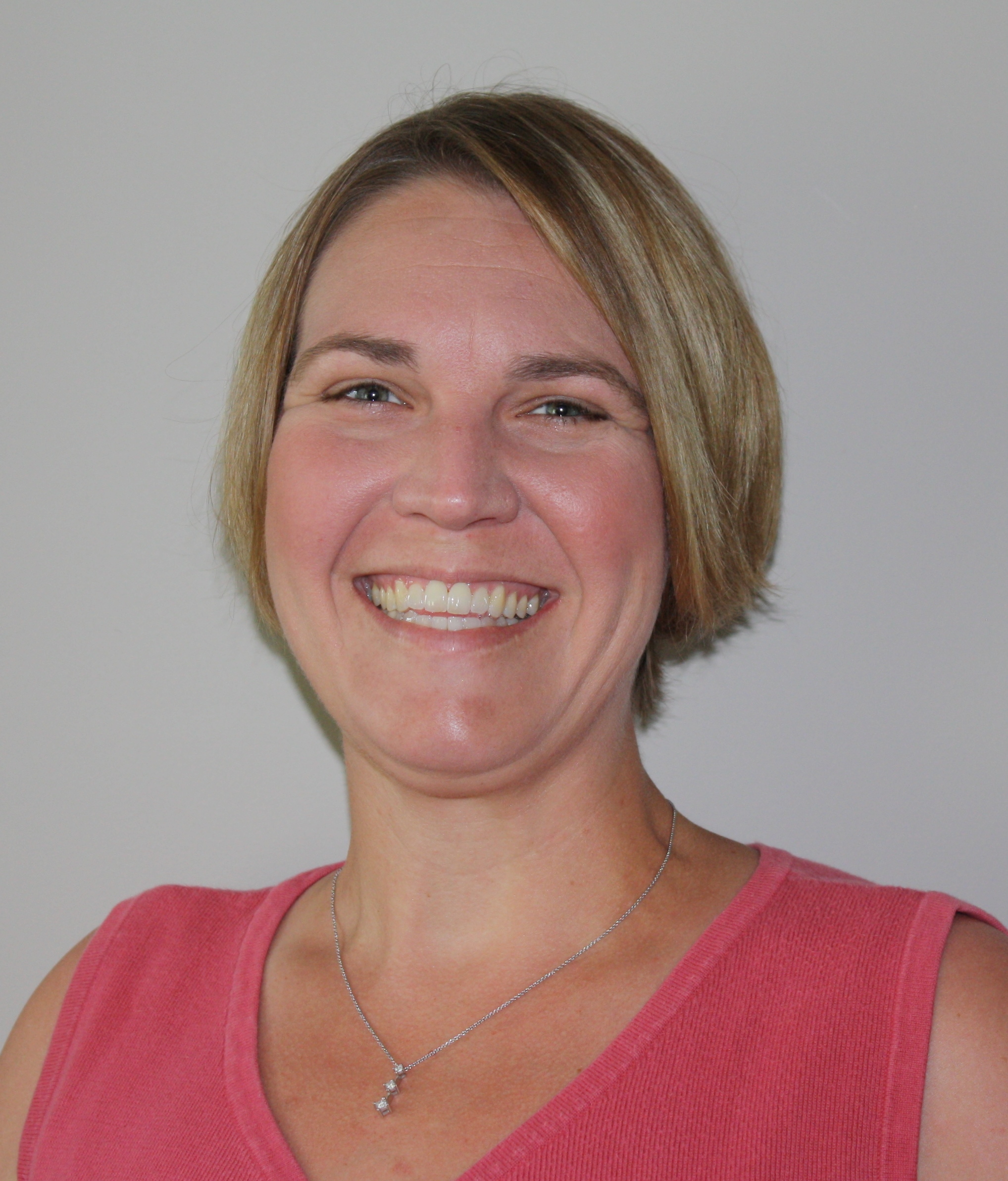
This column originally appeared in the Traverse City Record Eagle.
Folks in Lansing can spend hours pointing fingers over the government’s various responses to the COVID-19 pandemic (just check Twitter), but with Michigan kids’ futures on the line, we’re more interested in solutions.
Delivering for Michigan students in ways that matter this fall will take leadership and a few bold ideas beginning this summer. We’re happy to offer some to get the conversation started.
First, let’s do the hard work figuring out where students are academically after months away from school. For schools to educate them effectively this autumn, they need a baseline. Nobody likes tests, but the state needs to take the charge and require all schools administer benchmark assessment when or before in-person instruction resumes.
Our schools also deserve the flexibility to begin instruction as quickly and safely as possible, without additional waiver requirements.
Thankfully, the idea to begin the next school year before Labor Day or to move to a balanced calendar without having to apply for a waiver from the Michigan Department of Education is not new to the legislature. In fact, HB 4369 could be a starting point for districts.
Once we’ve given our schools flexibility on when to return, we should give them options on how they deliver.
This crisis calls for a redefinition of the legal framework around where learning can occur. Teachers and schools have done important work during a global pandemic to meet the educational needs of students suddenly and universally located outside the classroom. Ensuring we embrace and foster the most effective of those creative solutions going forward will require a little reform.
The Michigan Department of Education’s definition of student attendance is primarily place-based and does not recognize that learning can take place in more unique and cutting-edge ways. This stifles schools’ ability to innovate.
Let’s redefine attendance measures to shift from students being “present” in a particular facility to students being “engaged in instruction.” That way students can keep learning, teachers can keep innovating and districts can keep per-pupil funding flowing.
We also need to openly address parents’ concerns over their children’s health and safety. Months of being required to socially distance and frightening forecasts from the governor over virus spread in our schools — however debatable — have parents asking tough and important questions. Some are fearful about sending their kids back to the classroom.
For those parents who prefer to keep their student distanced from others, Lansing should clarify in statue that students can be counted and considered enrolled, even if they are receiving remote instruction while their classmates receive instruction inside the school building.
If their remote instruction covers the same standards in the same scope and sequence as in-person instruction would, the school should receive its funding and the student’s learning should “count” in every way it would otherwise count were he or she physically in the classroom.
It’s not a comprehensive list of the reforms Lansing needs to deliver, but it’s a good start. After all these months, parents deserve at least that.
Beth DeShone is the executive director of the Great Lakes Education Project.